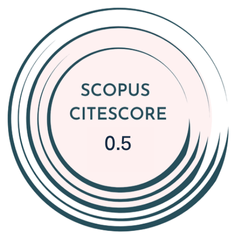Objective: The aim of this study was to compare the effects of focused extracorporeal shock wave therapy (f-ESWT) and radial extracorporeal shock wave therapy (r-ESWT) on pain, functionality, and nodule size measured by ultrasound (US) in patients with Dupuytren’s disease (DD).
Methods: This prospective pilot study was carried out at the Physical Therapy and Rehabilitation Hospital’s outpatient clinic between May 2023 and September 2024. A total of 22 patients over the age of 18 who were diagnosed with DD by clinical examination were included in the study. The first patient group received f-ESWT (0.35 mJ, 3-4 Hz 2000 pulses) and the second patient group received r-ESWT (3 bar 12 Hz 1400 pulses) twice a week for a total of 6 sessions using the Modus ESWT device over 3 weeks. Each patient was trained on tendon gliding movements and a home exercise program. Patients were evaluated pre- and post-treatment and at a 3-month follow-up. Assessments included the Visual Analog Scale (VAS), Southampton Dupuytren Scoring Scheme (SDSS), nodule size, and handgrip strength (HGS).
Results: The results showed that both r-ESWT and f-ESWT are useful treatment methods in reducing pain, functionality, and activity limitation scores due to DD. However, the decrease in VAS scores was statistically significant in the r-ESWT group (P=.002). There was a significant decrease in SDSS scores in the f-ESWT group (P= .001) and the r-ESWT group (P < .001). f-ESWT was more effective in reducing nodule size (P= .009) and no effect of different shock wave sizes was observed in HGS.
Conclusion: This is the publication to compare the effectiveness of extracorporeal shock waves with different wave lengths in the treatment of DD. While r-ESWT may be preferred in the treatment of DD when pain and function are considered, f-ESWT may be preferred when nodule size and function are taken into account.
Cite this article as: Tezen Ö, Ata AM, Yılmaz T, Uzun Ö, Yaşar E. Comparison of the efficacy of radial and focused extracorporeal shock wave therapy in Dupuytren’s disease: A pilot study. Arch Health Sci Res. 2025; 12, 0184, doi: 10.5152/ArcHealthSciRes.2025.24184.


.jpg)


